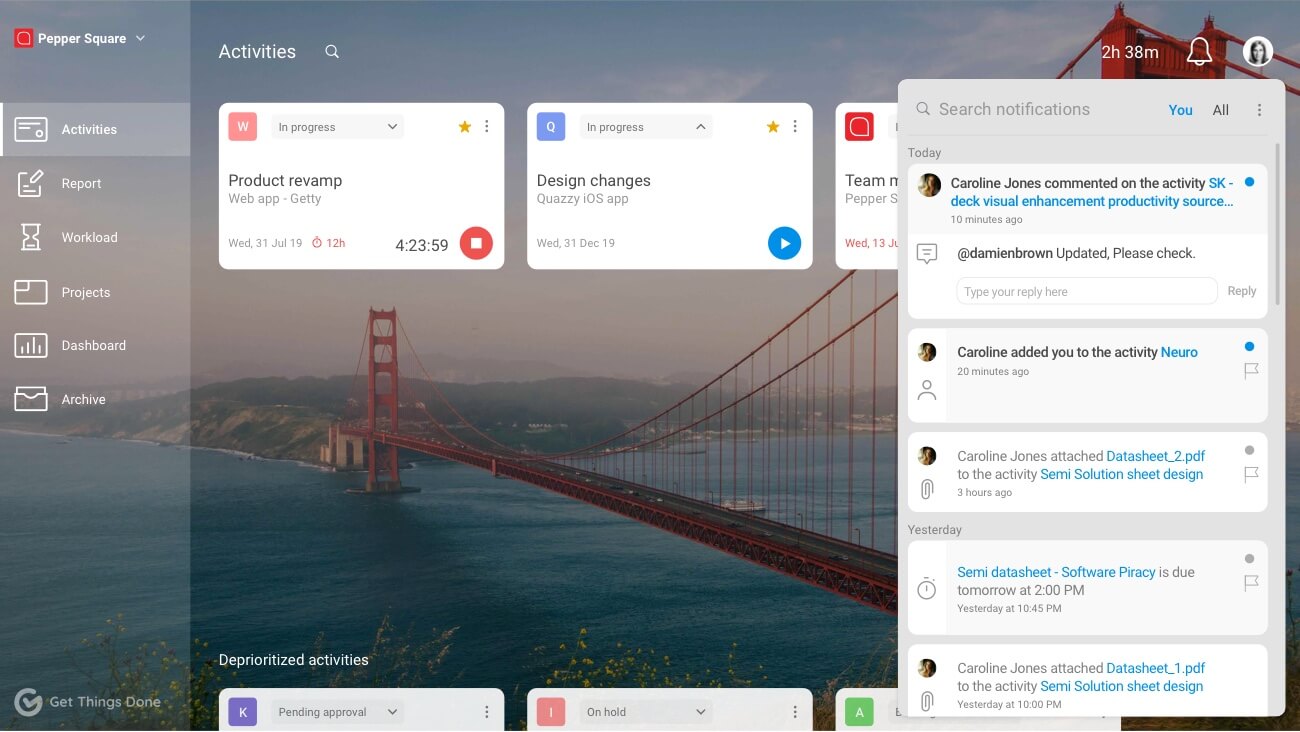People make teams. They are the organization’s catalysts and whatever directions it takes for businesses having them in a geographically distributed teams, and the means to combine their innumerable skills, dexterities, and assessments of a group of individuals to accomplish corporate goals.
Undoubtedly, the business shifts always come as a rude shock, and we are here witnessing the world’s most extensive experiments where people are positioned to their near work environment of being remote. As such, the wisecrack to the ambiguities and uncertainties, the pandemic has caused a sharp difference of working practices across the world- Lots of organizations and institutions devoured the possible alternatives of people to work remotely. In many ways seems to be the first time for most.
Baring for a few exceptions, the systems lack the decree. The existence from here is to restore moments, groping towards something worthwhile, and preserve the best out of people. The time is also critical in gaining assurance inch by inch, crafting the skills and individual behavior that needs to succeed. Agreeable though, this phenomenon is out to stay, and it takes time and patience to reorient leaders worthy of getting a high performance. Truly underlines that every minute the leader leads the team organizing, it gains an hour or two.
Let’s understand the usual chaos surround the mind of employees. They feel the restrictions of movements and sheltering away from the customary interactions, that’s practically missing access to their managers and colleagues. The absence of face-to-face direction and thereby not finding the cadence in taking the response slows down the pace of the day.
Secondly, the remote individuals and teams are often astounded by the increased time needed to locate information from their team members elsewhere. They also lack the mutual knowledge of willingness to share in the remote work environment. Apart from the regular day of the office, and if you know that any of your working-mate having a rough day, one could view and sort their hassle out by cracking or sharing humor around. But in the remote teams, it is unimaginable to understand much of the person.
Thirdly, the remote work cannot adapt or acquaint anything, which is ad-hoc. It’s also essential to understand the critical structures of the remote teams.
Transitory – The remote work is done for a specific task and tenure. Since the advent of the epidemic, the likelihood of working in this manner may be longer than expected, which throws up the response to two sensibilities.
(I) Throughput of the business and
(II) Work-life freedom for the employee
Diverse and dispersed – Teams have to coordinate the common assignment that gives a competitive advantage to the organization. The culturally diverse and geographically dispersed is the sort of people assortment, and if well-coordinated, could break-through ideas to accomplish corporate goals empathetically.
Communicate the workflow – The knack to work commendably in remoteness is not a question of profession, proficiency, position, skill, know-how, experience, or level of education. This need not be convincing anyway, and what are we trying to gather and considering at simplest is the basics of re-discovering the best out of people.
Inferring more questions of what’s the basics about, because there is no generally agreed on consensus as to what the basics are and the gist of this is easy to understand and as follows.
(a) Shared Approval: Beginning with the basics ensures risk reduction when it comes to delegation of work and teams keep information flowing to the right people at the right time, which means establishing a team’s common approval or agreement, it’s set of standards that incorporate the principles of effectual communication keeping the teams’ uniqueness is measured and taken into account. Admit each of the team member to have input into the shared approval, and agree to treat it as a living document that evolves and develop as your remote work matures.
(b) Collaboration and Communication Component (CCC): The collaboration and communication component should define the key performance attributes of the team members. Besides, shared responsibility in the nonpunitive environment provides a clear direction and an easy chain of command. The CCC will have to outline the access to the needed resource and mechanism to evaluate outcomes and adjust accordingly. It’s also key to have a balance of member participation for the task at hand, which is directly linked to decision-making procedures.
(c ) Document the day: The shared approval and collaboration component have nailed the importance of creating an equal opportunity for the workforce working in remote milieus. What’s significant to top-it up is the focus on documenting your workday, which needs to be portable and instantaneous, exceptionally discovering the best in the people in understanding their value of time and treating as an asset. Documenting through the timesheets gives an easy mode for the workflow where your work can find and essay important outcomes to unexpected lengths and breadths.
The documentation also factors many meaningful and innovative conversations through preop and postop briefings, creating interdisciplinary teams that discuss problem areas are frequently providing an upfront solution that increases harmony and gears for open dialogue, combined rounds, and sheen of confidence in the challenging business world.
Get Things Done – a cloud-based work simplifier platform. Eases your everyday chaos and provides instant collaborations with team, tasks, step, and functional duties to achieve the desired results regardless of the type of role you come from; either you are in the Project.





